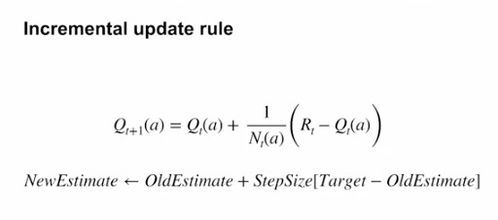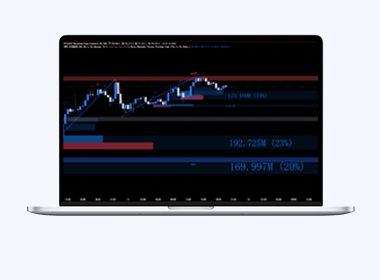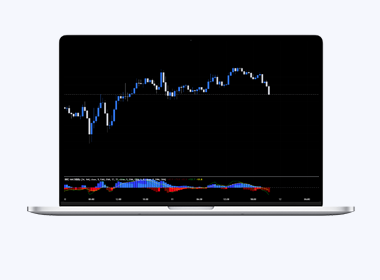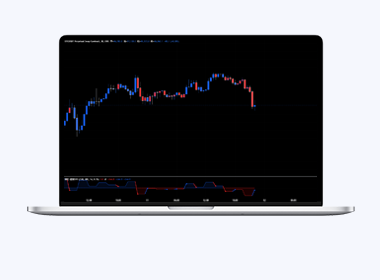Understanding trend curves in English is essential for professionals working with data analysis, market research, and business forecasting. This article provides a comprehensive guide to the terminology, interpretation, and applications of trend curves in English-language contexts, helping you master this crucial analytical tool.
The Fundamentals of Trend Curve Terminology
When discussing trend curves in English, it’s crucial to understand the basic vocabulary. The term “trend curve” itself refers to the graphical representation of data points over time, showing the general direction or tendency of a particular phenomenon. Common English expressions include “upward trend,” “downward trend,” and “flat trend” to describe the curve’s movement. More technical terms like “slope” (the angle of the curve
), “inflection point” (where the curve changes direction
), and “asymptote” (a line the curve approaches but never reaches) frequently appear in professional discussions. How do these terms help in precise communication about data trends?
Types of Trend Curves in English Documentation
English-language technical documents typically classify trend curves into several distinct types. Linear trend curves show a constant rate of change, while exponential curves demonstrate accelerating growth or decline. Logarithmic curves, on the other hand, depict rapid initial changes that gradually level off. The S-shaped sigmoid curve represents growth with natural limits, commonly seen in product adoption cycles. When reading English reports, you’ll often encounter phrases like “fitted trend line” (a statistical best-fit curve) or “moving average trend” (smoothed data representation). Recognizing these curve types by their English names is fundamental for accurate data interpretation.
Interpreting Trend Curve Visualizations in English
Effective interpretation of trend curves requires understanding both the visual elements and their English descriptions. The x-axis typically represents time units (days, quarters, years
), while the y-axis shows the measured variable. English captions might describe curve characteristics as “steep decline,” “gradual recovery,” or “volatile fluctuations.” Confidence intervals around the trend curve, often called “error bands” in English, indicate the reliability of predictions. What contextual clues in the English text help determine whether a trend is statistically significant or merely random variation?
Common English Phrases for Trend Analysis
Professional English communication about trend curves employs specific phrases that convey precise meanings. “The trend is flattening” suggests a reduction in the rate of change, while “breaking the trend line” indicates a significant deviation from established patterns. Analysts might describe a “double-bottom pattern” (two distinct lows) or “head and shoulders formation” (specific reversal pattern). Verbs like “project,” “extrapolate,” and “forecast” frequently appear when discussing future trend expectations. These standardized English expressions ensure clear communication among international teams working with trend data.
Writing About Trend Curves in English Reports
When composing English-language reports involving trend curves, certain conventions enhance clarity. Typically, the methodology section explains how the trend was calculated (e.g., “least squares regression”
), while results present key findings (“The quadratic trend model explains 85% of variance”). Discussion sections often compare actual data points to the trend curve using phrases like “above trend” or “below expectations.” Appendices may include the raw data tables that generated the curves. How can non-native English speakers ensure their trend analysis writing meets professional standards?
Mastering trend curve English empowers professionals to participate confidently in global data discussions. From understanding basic terminology to interpreting complex visualizations and writing precise reports, this knowledge bridges language gaps in technical communication. Regular practice with authentic English materials will strengthen both your vocabulary and conceptual understanding of trend analysis methodologies.
版权:文章归 神灯指标 作者所有!
转载请注明出处:https://www.177911.com/1916.html


 微信扫一扫
微信扫一扫 













还没有评论呢,快来抢沙发~